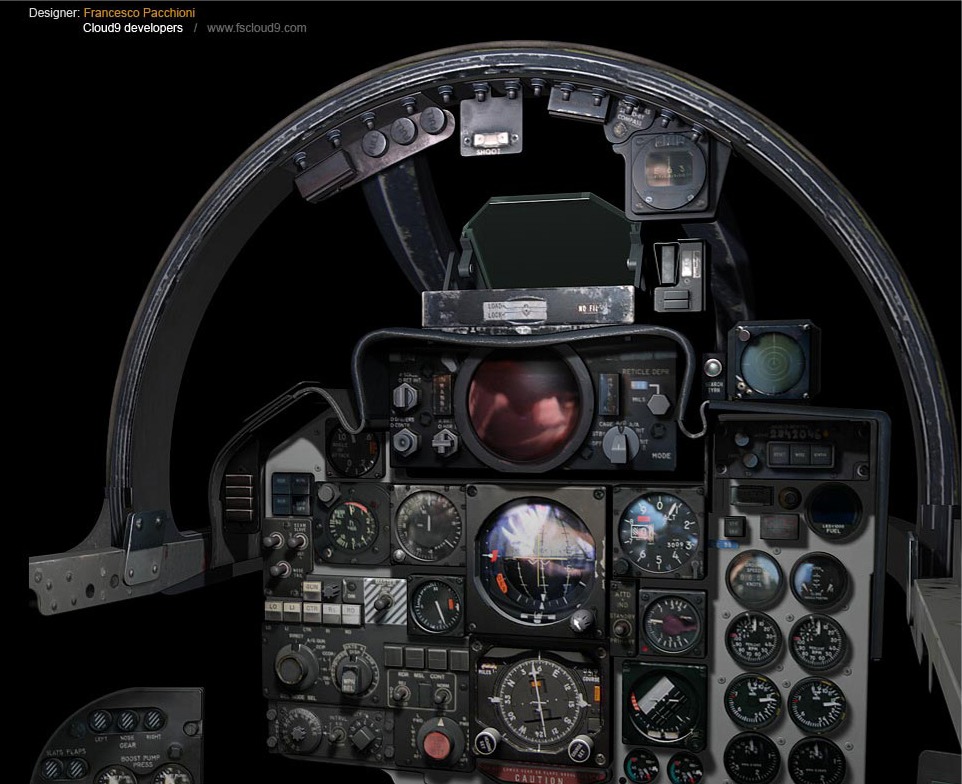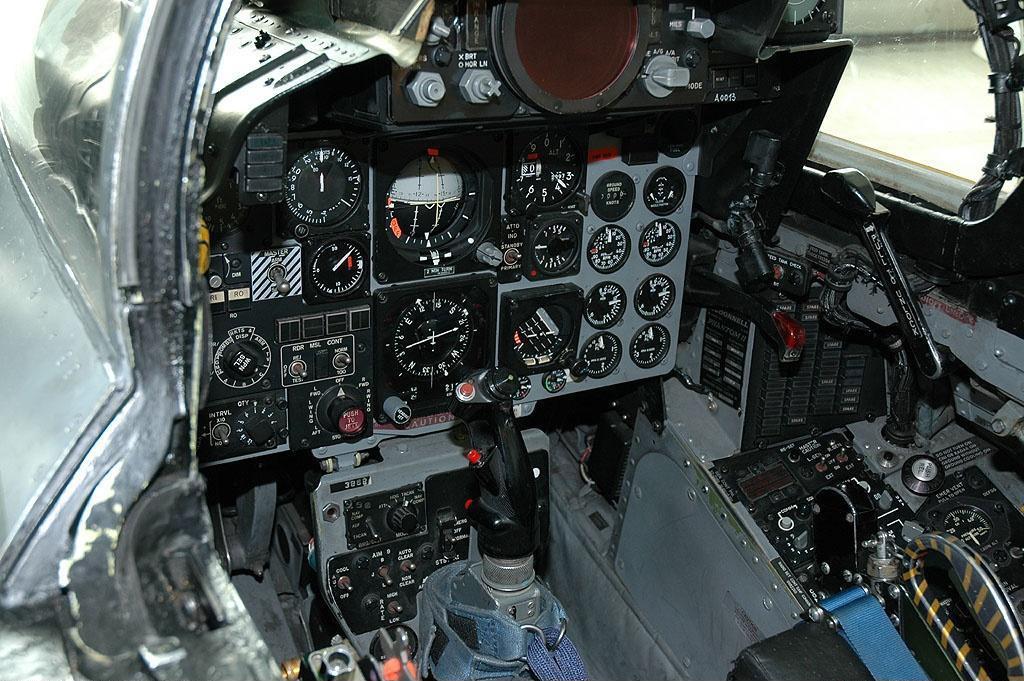

I’d run my seat up high to see the director lights above the bow and use the mirrors to fly the apple.

Some of the tricks Schreiner used to get gas were similar. If I kept that centered in the mirror, I knew I stayed within the limits of the boom and could stay on there with constant, minor control inputs. The boomer would then plug into the jet and I’d adjust my rearview mirror on the canopy bow to see the ‘apple,’ a bright orange plastic ball on the boom just ahead of the end of the boom itself. I’d move into pre-contact position about 50 feet below the tanker, matching the tankers speed and heading, then once stabilized and cleared into contact either via the radio if in peacetime or via visual signals if working under EMCON (emission conditions – no radio transmissions). I’d run my seat up higher than normal to be able to see over the bow just prior to the AAR (air to air refueling). In the F-4, the canopy bow was right in your line of sight for looking at the tanker and gauging your reference points. (The F-4, due to the nearly perfectly triangular positioning of the nose and main landing gear developed a reputation for this).Īlmost always, I got some sort of comment from the backseat about my landing.Īlthough he did not fly one of the F-4G’s to Bahrain, Dave Lucia described his technique for taking gas thusly: When it was raining, however, I always planted it firmly to avoid the risk of hydroplaning. You could feel it as you got into ground effect and could touch down really smoothly most times. During the landing, I’d again run my seat up as high as it would go to be able to see just a little straight ahead. With the sight, canopy framing and the ‘Rhino’s’ long nose, it was nearly impossible to see ahead. The forward viz in the F-4 was never great. When first flying with a backseater, I tended to be more formal and use the checklists words, but once you got to know each other, you could tell what the other was thinking by just a grunt or a single word.Įven landing the massive Phantom presented challenges according to Lucia, Although I really learned to like the crew concept, at first it was strange. I’d throw my helmet bag with snacks and water and other junk in the space to the sides of the ejection seat.Īnother aspect that took some getting used to was having another guy fly with you. I’d tuck my charts into the sides of the front instrument panel coaming.

We stowed our stuff in various places, wherever there was room. The lights could be so bright on a night sortie that you put tape over them to blank them out. The side of the jet was about level with your shoulders so to see down or back you had to roll it to see. I always felt that the F-4 required more pure airmanship – the skills needed to fly the jet smoothly – than does the F-16 where the computer does a lot of the work for you.Įrgonomically, the F-4’s cockpit was horrible. If you kept pushing, it could get away from you and stall. You could feel it start to shake if you started pushing it beyond its limits. You could hear the wind noise change around the canopy as you maneuvered the jet. You had to listen to what it was telling you. That was a great feeling.Īnother difference about the F-4 was that once airborne, it talked to you. I’d run the seat up to where I could look over the top of the canopy bow and feel the breeze in my face. After cranking engines, the air conditioner wouldn’t work until you were airborne so we did all our ground ops with the canopies up. My first flight was just a few days before DESERT SHIELD kicked off.Ĭompared to more modern jets like the F-16, the F-4 was like an old Cadillac. Since I hadn’t flown the F-4 before (I’d been an OA-37 and OV-10 forward air control pilot prior to going to the Army), I had to learn to fly the F-4E at the 21st TFTS there at George. I had jumped into Panama as part of Operation Just Cause and was ready to get back into a cockpit.

I came to George following a tour as an ALO (air liaison officer – a USAF fighter pilot assigned to a US Army combat unit) with the 82d Airborne Division. "Another pilot, then Captain Dave Lucia, and the last pilot to go through Weasel training described what it was like checking out in the F-4G:


 0 kommentar(er)
0 kommentar(er)
